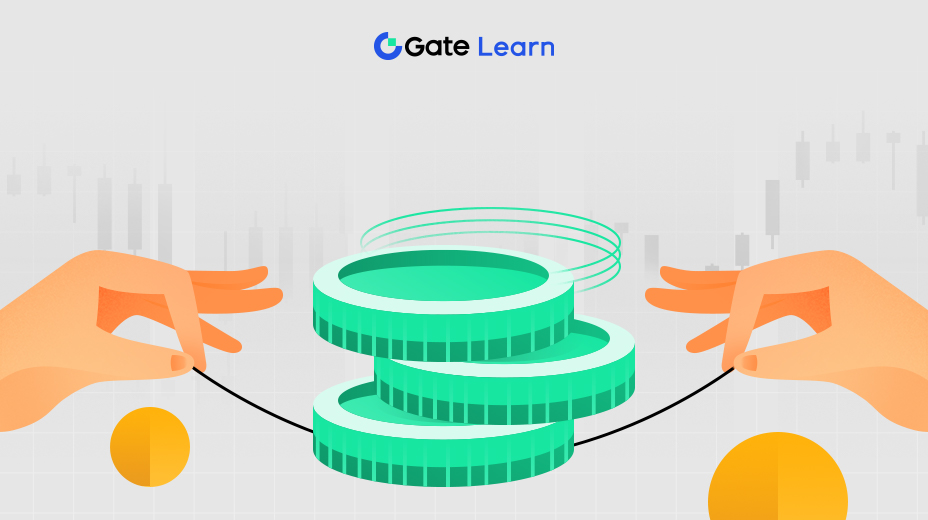Що таке Блокчейн?
Перш ніж ми перейдемо до Bitcoin та інших криптовалют, важливо зрозуміти про його базову технологію: блокчейн.

Вступ
Блокчейн - це відкрите, реального часу спільний, децентралізований сховище. Він фіксує операції, виконані кожним користувачем на сховищі, та поєднує ці операції в безпечну та незмінну ланцюжкову структуру, яка буде записана та синхронізована на всіх вузлах у мережі
Блокчейн - це децентралізований реєстр
Блокчейн розглядається як технологія децентралізованого реєстру, яка зменшує витрати на довіру до сторонніх осіб. Операції та дії, ініційовані ким завгодно, можуть бути записані та перевірені без потреби в центральній владі або сторонній особі.
Це спосіб забезпечити можливість перенесення цифрових активів у безпечний спосіб при здійсненні операцій між двома або більше сторонами. І як тільки завершена операція записана в блокчейн, це означає, що її не можна підміняти, і всі користувачі інших мереж можуть безпосередньо та публічно отримати доступ до інформації. Ці завершені операції будуть записані в кожній структурі даних, визначеній як “блок”, і всі блоки з'єднуються, утворюючи ланцюжок, який і є “блокчейн”.
Кожен блок містить криптографічний хеш, мітку часу та дані операцій попереднього блоку. Тому дані, які вже зберігаються у блокчейні, важко піддаються втручанню, і дані є більш безпечними та прозорими.
Але це не означає, що блокчейн - це технологія, яка на 100% абсолютно безпечна. Теоретично, якщо хтось може спільно опанувати авторитет для перевірки даних, ініціювати нерозумні транзакції та легко змусити їх пройти перевірку, це все ще може становити загрозу для безпеки блокчейну.
Але передумова полягає в тому, що сторона, що запускає напад, повинна володіти більш ніж 51% обчислювальною потужністю, тобто 51% атакою. З масштабом поточного основного ланцюжка блоків це дуже складно, і насправді вартість злочинності буде надзвичайно важко досягнути.
Походження блокчейну
Технологія блокчейну була вперше згадана в білій книзі «Біткоін: Система одноранкових платежів», що була опублікована таємничим засновником біткоіна Сатосі Накамото в 2008 році. Можна сказати, що BTC є проектом, побудованим на впровадженні технології блокчейну, але він не є повністю рівнозначним блокчейну.
Біткоін - перший блокчейн
Bitcoin Network – це перша блокчейн-мережа. Створена в 2009 році, вона є першим застосуванням технології блокчейн. Його цінність полягає в тому, щоб дозволити користувачам здійснювати одноранговий обмін цінностями без довіри будь-якої третьої сторони.
Після народження Bitcoin багато проектів поспішило наслідувати його і створили свої власні унікальні блокчейни, маючи на меті вирішити поточні неефективні методи передачі вартості через інноваційні шляхи. Однією з найважливіших технологічних змін є поява "смарт-контрактів".
Смарт-контракти відкривають більше можливостей для блокчейну
Найбільшим представником є смарт-контракт, розроблений другим за ринковою капіталізацією проектом криптовалюти «Ethereum Ethereum». Просто кажучи, це код, який може працювати на основі блокчейну, встановлювати чіткі правила та розгортати його на блокчейні. Після розгортання він може працювати вічно.
Використання смарт-контрактів дуже різноманітне, таке як випуск токенів, генерація гаманців, створення децентралізованих бірж... та інші застосування, але на цьому етапі технологія блокчейн все ще обмежена компромісом між масштабованістю та безпекою. Важко побачити реальне втілення в короткий період часу, і це глибоко входить в повсякденні застосування людей.
Однак, екосистема блокчейну, завдяки концепції смарт-контрактів, породила більше речей, які складно досягти за допомогою початкової технології, і отримала визнання більшою кількістю людей, таких як децентралізована фінансова сфера (DeFi), нефунгібельні токени (NFT), GameFi.
Чому важлива технологія блокчейн?
Після розуміння основного визначення, походження та пов'язаних концепцій технології блокчейн важливо зрозуміти важливість цієї технології
Змініть спосіб зберігання даних
Блокчейн змінив спосіб зберігання, обміну та управління даними. Це теоретично більш безпечна, прозора та незмінна розподілена база даних, яка дозволяє передавати дані від однієї сторони до іншої без довіри до третьої сторони, що може бути широко використано в фінансах, гральній індустрії, цифровому ідентифікації та інших галузях.
Сценарії застосування, що мають великий потенціал
Його технічні характеристики розблоковують можливість більш реальних сценаріїв, таких як розподілені додатки (DApps) на основі смарт-контрактів, NFT незамінні токени, цифрові ідентичності (DID).
Технологія блокчейну також може забезпечити швидші, безпечніші та більш вигідні транзакції та обмін даними між сторонами. Це має потенціал революціонізувати спосіб, яким ми зараз обробляємо та обмінюємося даними
Виділення
Блокчейн - це відкрите, спільне сховище, яке можна уявити як загальний реєстр. Це дозволяє будь-кому здійснювати транзакції без посередника.
Дані записуються у вигляді «блоків», і всі блоки з'єднані один з одним у порядку, утворюючи ланцюг блоків.
Біткоін, заснований у 2009 році, був першою мережею блокчейн
Блокчейн змінив спосіб зберігання даних, принісши більше інноваційних технологій та сценаріїв, таких як DApp, DeFi та NFT
Основне відео
Співпрацюють статті





